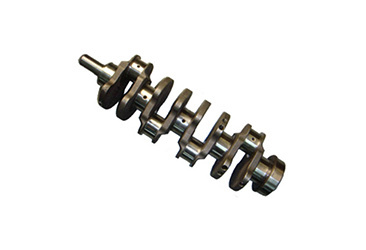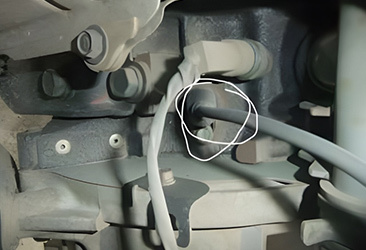What symptoms will a car show if the crankshaft is damaged?
Release time:
2024-09-24
The terminal position of the optical crankshaft position sensor connector (plug) of the Korean 'Hyundai SONATA' car. During inspection, disconnect the wire connector of the crankshaft position sensor.
Detection of electric crankshaft position sensor
Inspection of crankshaft position sensor wiring harness
Terminal positions of the optical crankshaft position sensor connector (plug) for the South Korean 'Hyundai SONATA'. During inspection, disconnect the wiring connector of the crankshaft position sensor, set the ignition switch to 'ON', and measure the voltage between terminal 4 on the harness side and ground with a multimeter; it should be 12V. The voltage between terminal 2 and terminal 3 on the harness side and ground should be 4.8-5.2V. Measure the resistance between terminal 1 on the harness side and ground with a multimeter; it should be 0Ω (short circuit).
Output signal detection of optical crankshaft position sensor
Connect a multimeter in voltage mode to terminals 3 and 1 on the sensor side; during engine start, the voltage should be between 0.2-1.2V. During idle operation after starting the engine, check that the voltage between terminals 2 and 1 should be between 1.8-2.5V. Otherwise, replace the crankshaft position sensor.
If the crankshaft is damaged, it will not engage properly with the crankshaft sleeve, causing vertical movement; severe cases may lead to total engine failure.
If the crankshaft position sensor is faulty, it will not be able to confirm the angle of rotation of the crankshaft. The engine computer will not receive signals from the crankshaft position sensor, leading to no ignition or fuel injection to protect the engine. The symptoms displayed by the car include no high-voltage electricity, no fuel injection, and inability to start; naturally, one obvious phenomenon is that the engine fault light on the dashboard is illuminated.
Latest News









